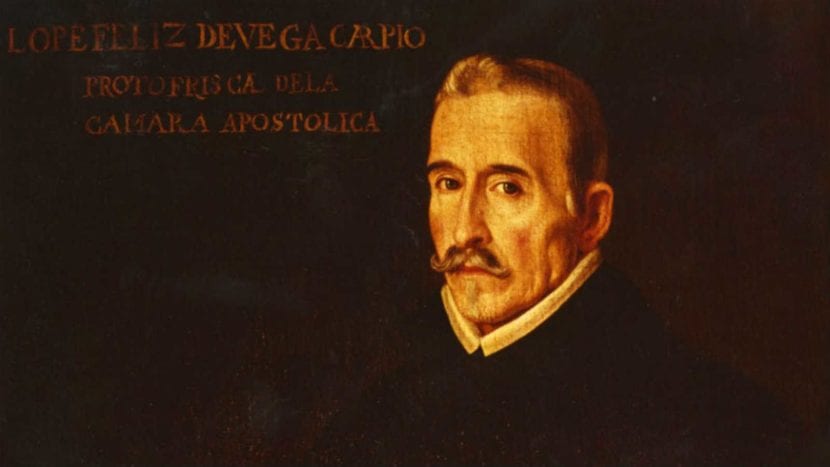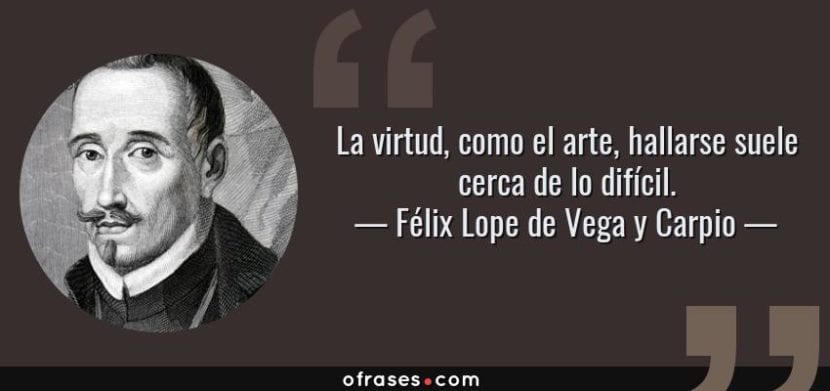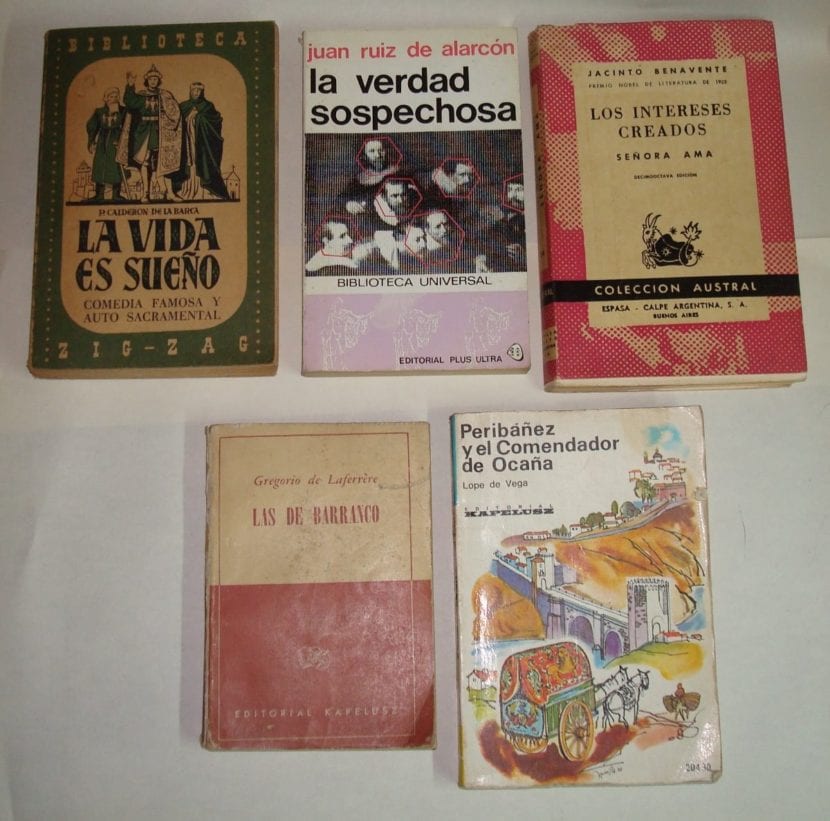
Writer Félix Lope de Vega.
Felix Lope de Vega Carpio was a Spanish writer who was born on November 25, 1562 in Madrid. He began producing literary material at a very young age, dedicated to his failed loves and other experiences. Lope de Vega's books represent a remarkable legacy for Spanish literature. Writing was his entire life, and he only stopped producing letters in the moments before his death, on August 25, 1635.
Lope de Vega was an important part of the Golden Age, which is considered the most fruitful stage of Spanish letters and arts. During his existence the writer produced hundreds of works, including poetry, comedies, epics, sonnets and even small novels.
A young writer
Lope stood out from the beginning of his learning process; at the age of five he was able to read in Spanish and Latin, in addition the little one wrote his first poems during his years of innocence. In her early teens, Vega produced four-act comedies; one of his first works of this type was titled The true lover.
Lope stood out from the rest considerably, to the point that for his great artistic aptitude, the Vicente Espinel school gave him the honor of studying at its facilities. The knight of Illescas It was another of his comedies and he decided to dedicate it to Espinel, as he was someone he admired.
He studied his secondary school in the pedagogical faculty of the Society of Jesus - which later became the imperial college -, there he became acquainted with the Jesuits. In 1577 he continued his training at the University of Alcalá, Colegio de los Manriques. Nevertheless, Lope did not finish the cycle of higher education, so he did not obtain any degree.
The enamored Lope
Elena Osorio was his first wife, and it meant a lot to him. This relationship came to an end because she started a relationship for economic interests with a nobleman. Lope de Vega was devastated and dedicated a few verses against Elena and her relatives. The content of his stanzas was strong and humiliating and in those times that was a crime towards honor, so he was sent to jail and banished for a time.
The Dorotea it was a novel dedicated to Elena, and curiously, the work saw the public light in 1632, a few years before the death of the writer. However by the time he wrote this work, Lope had a new woman named Isabel de Alderete with whom he married on May 10, 1588.
Isabel passed away in 1594, weeks after giving birth, and Lope dedicated The Arcadia, a novel in which he introduced some poetic verses. His third wife was named Antonia Trillo and they were accused of concubinage, which at that time was also a crime. in 1598 he fell in love with Juana de Guardo, daughter of a man with a lot of money; but he had many lovers, including Micaela de Luján.
For all the illegitimate children and relationships that Lope de Vega had, he had to work a lot. The thousands of writings authored by Spanish were derived from this stage, many of the poems, comedies and novels were not finished, they have errors and the speed with which Lope had to produce them is evident.

Quote by Lope de Vega - Ofrases.com.
Progress of your literary work
At the beginning of the seventeenth century de Vega managed to edit most of his stories and he looked for a way for his works to be copyrighted. Many of his comedies were used without permission, which worried Lope; however he did not get the rights but was allowed to edit his own productions. Due to the diversity and fruitfulness of his work, he was called «The Phoenix of the Wits ».
In 1609, at the Academy of Madrid, the author gave his essay as a speech New art of making comedies in this time, a work written in verse. Through this work, containing more than three hundred verses, the author made known his different moments of joy and sadness.
Lope de Vega, the priest
In 1611 there was an assassination attempt against him, and his friend and his wife perished in subsequent years. This series of events greatly marked the poet, who sought refuge in religion through the priesthood, an aspiration that finally came to him in 1614.
The writer decided to capture all these feelings and emotions in a work called Sacred rhymes. In these verses Lope applied some of his knowledge acquired in the Society of Jesus through the book Spiritual Exercises, text that sought to strengthen Catholic beliefs through meditation and other mental actions.
In his time as a priest, Lope de Vega became interested in Marta de Nevares, but because he had ordained himself to his new faith, he could not express his love for her and decided to dedicate several poetic productions with these characteristics to her.
Fragments of some books by Lope de Vega
Here are fragments of some works by Lope de Vega:
Ovejuna Fountain
Master: —You will see me on horseback today, putting the spear at the ready.
Laurencia: —More than I ever came back here!
Pascuala: —Well, I thought that when I told you, I would give you more regret.
Laurencia: —It's to heaven that I never see her in Fuente Ovejuna! ”.
Sing Amaryllis
“Amarilis sings, and her voice raises
my soul from the orb of the moon
to the intelligences, that none
hers so sweetly imitates.
From your number then I transplanted
to the unit, which by itself is a… ”.
Themes of Lope de Vega's books
Most his writings and plays had to do with stories of affection, passion and love, the plot of these stories is what kept the author alive. Some works that have this theme are: Love without knowing who, The miracle knight, The steel of Madrid y The discreet lover.
Within the hundreds of texts that the author wrote there are many different topics, philosophy and comedy were key to the author's literary work. At that time there were abuses by upper class people towards the neediest or the working class, for this Lope protested in works such as: Ovejuna Fountain, The best mayor y The Knight of Olmedo.

Several books by Lope de Vega.
De Vega, the protagonist of his works
The author did not explicitly refer to himself in his stories; However Lope de Vega created a character that represented him and bore the name of Belardo. The writer told the love story of this man, his longing for his courting and his suffering for not having her.
Legacy
Although he was a womanizing man in his young years, as he matured established himself as one of the most talented writers in Spain. If something characterized him, that was that Lope dedicated himself to writing for the people. The author used to affirm that he had the ability to produce a comedy in twenty-four hours, it is said that he wrote even at meal times. The phrase "is from Lope" became popular and continued to be used to refer to the literary material of his authorship.